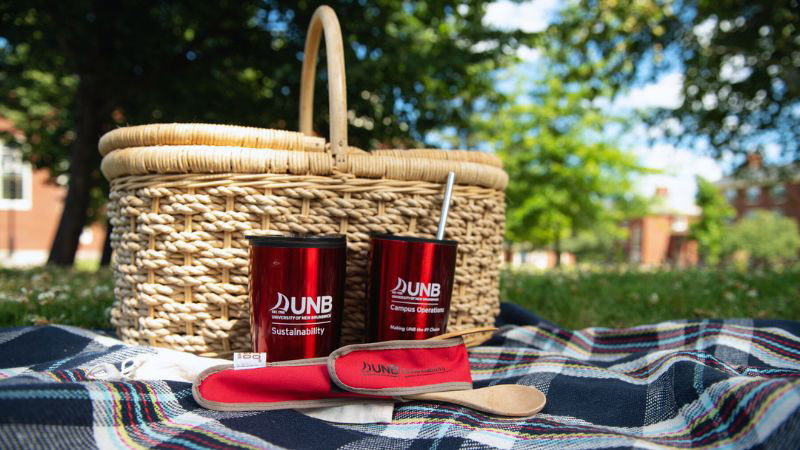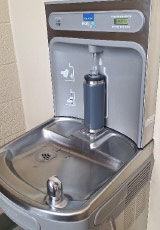The impact and solutions of single-use plastic
Author: Laura Pitre
Posted on Jul 2, 2025
Category: Opinion

Single-use plastic has a lot of negative impacts on both the environment and the population that is habituated there. Not only do they accumulate in land fills, but they also emit an immense amount of greenhouse gasses (GHG) into the atmosphere.
It can take up to 1,000 years for a plastic to break down into smaller pieces called microplastics, which are very harmful, especially to our marine ecosystems. Plastic is derived from fossil fuels and contain chemicals that are known to threaten human health. When plastic breaks down, these toxins get released into the atmosphere.
Landfills, where single-use plastics are sent, account for more than 15% of methane emissions, this number continues to climb as landfills grow. Plastic pollution is also a driving factor to our ecosystems being contaminated, these harmful chemicals can leach onto our food supply and cause harm to human and animal health.
The month of July is known as ‘Plastic Free July’ where individuals are encouraged to cut down on their single-use plastics. This global movement started in 2011, and it helps millions of people be a part of the solution to plastic pollution. We encourage individuals to join this movement, whether the impact is big or small, any thing helps!
Ways to cut down on single-use plastics:
- Use a reusable travel mug or water bottle instead of purchasing plastic ones.
- Bring a reusable shopping bag when shopping.
- Use plastic free alternatives when buying fruit and veggies.
- Bring a set of reusable utensils instead of purchasing plastic ones.
- Wash and reuse plastic containers.

At UNB, one easy switch that a lot of our community has made is to bring a reusable water bottle instead of purchasing bottled water. Its not only a cost-effective way to stay hydrated, but also a way to avoid single-use plastics.
Most water bottles on campus have an easy-filling feature attached so that you can easily fill up your water bottle without any hassle! Moreover, there is usually a number located on the upper right corner that tells you how many disposable plastic bottles have been eliminated from waste.
This summer, I have gone to 66 water fountains in 29 buildings on the UNB Fredericton campus and have found that a total of approximately 203,019,026 water bottles have been filled in those water fountains.
That is over 5639 tonnes of plastic water bottles that has been diverted from the landfill, that is also equivalent to 565 tonnes of methane that was not emitted into the atmosphere.
Want some more ideas on how to reduce your single-use plastic impact? The Plastic Free Foundation has created a list of ideas and solutions to help you get started.
For when the reduce and reuse are no longer an option, UNB Sustainability has created a list of locations where you can bring your recycling goods.